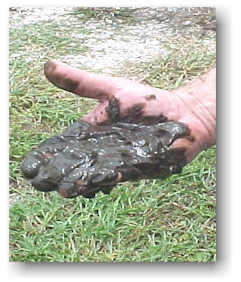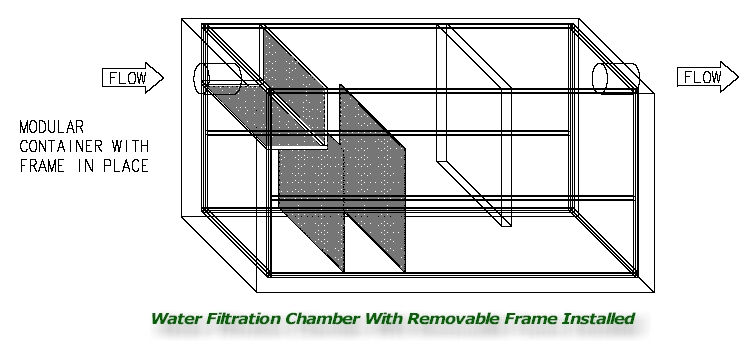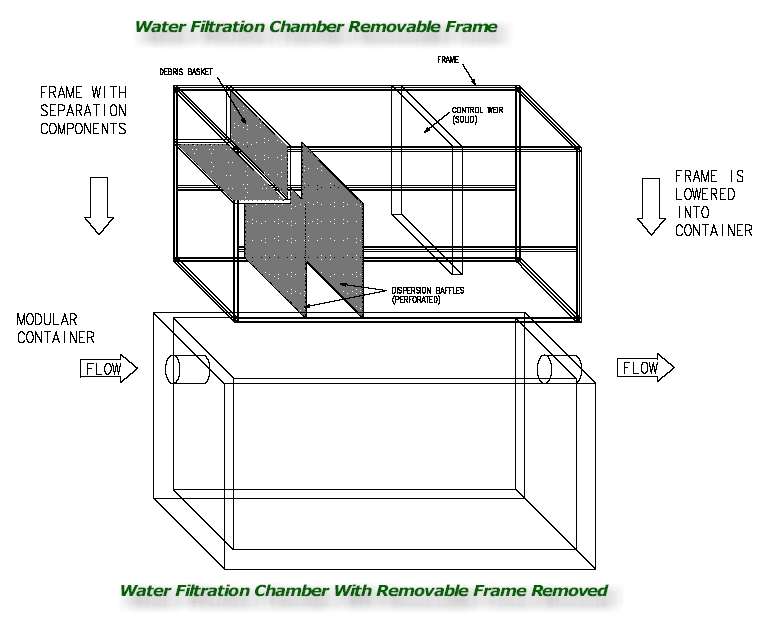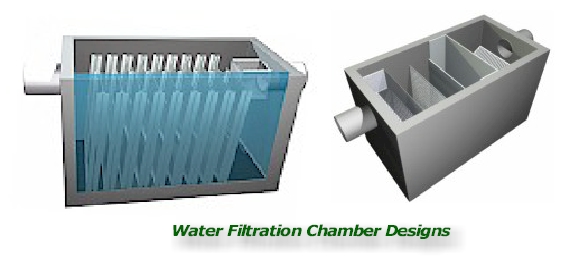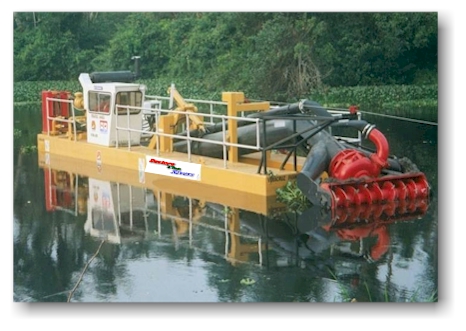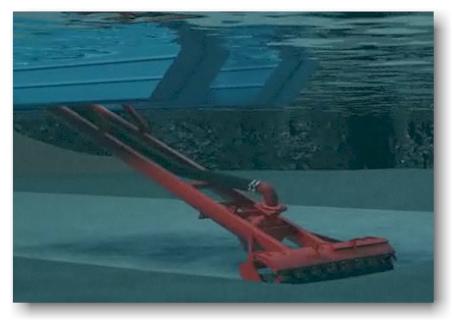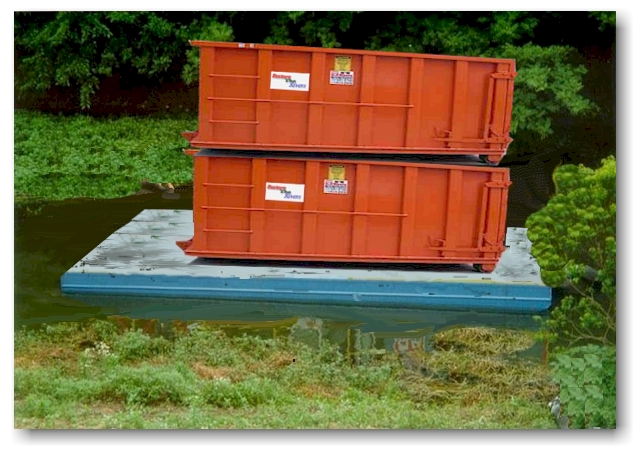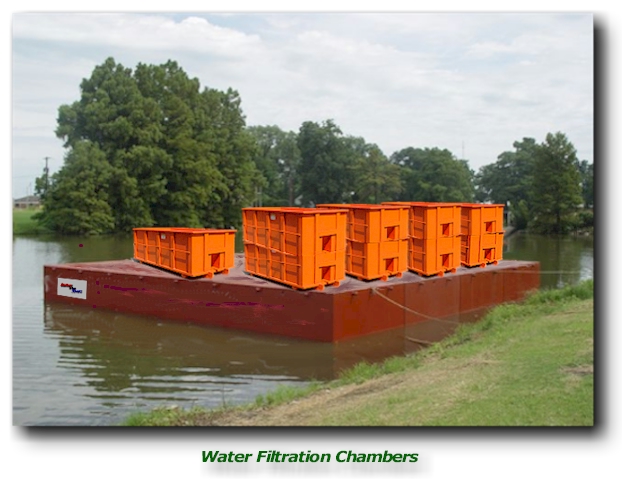|
|
||||
|
||||
|
The St Johns and its tributaries suffer with a vast layer of contaminated sediment that coats the bottom of these rivers. This toxic mixture of silt, sand and muck contains numerous poisons that continue to kill the river’s aquatic ecosystem. This layer of “sludge” has accumulated after many years of stormwater runoff washing in the dirt, chemicals, oil, trash and debris from the roofs, roads and parking lots. Industrial pollutants and inefficient and malfunctioning wastewater treatment plants also add to the contaminants that damage the river. The restoration of the river will require that this contaminated sediment be REMOVED.
As the sediment is "vacuumed" from the bottom of the stream and shallow wetlands, the liquid slurry will be directed to a series of floating filtration chambers that are mounted on nearby compact floating barges. The filtration chambers utilize patented CrystalStream Technologies™ water quality filtration technology that has been successfully deployed over the past ten years to filter stormwater discharges. A new modular water filtration system has been designed to efficiently dewater contaminated sediment. This new system will remove, capture, segregate and dewater sand, debris and progressively smaller contaminated sediment particles.
This process is covered by one or more of the following US. Patents: 6,797,161; 6,936,163; 6,939,461; 6,951,607; 6,994,783; 7,011,743; 7,037,436
The dredged water stream will be filtered as the slurry flows through a progression of filtration chambers that are piped together. The clean water at the end of this "treatment train" can then be returned to the river thereby providing substantial savings in transporting wet sludge to a landfill. Some of the captured sand can be air dried and disinfected by exposing the chambers to sunlight while floating them on "drying barges." This sand can then be reintroduced along the shores and wetlands to plant new native submerged aquatic vegetation (SAV). Chambers that are located farther back in the "treatment train" will capture smaller particles containing high levels of organic matter. After this sediment has been dewatered and tested to ensure purity, it may serve as a fuel supplement to be burned in power boilers to generate electricity. The remaining dried sediment can be thermally treated, trucked to a nearby landfill or used as a soil amendment for land application. Some of the sand could possibly be sold to make cement/concrete as well.
The modular water filtration chambers will be designed to be light-weight, rugged with the ability to stack vertically. A shore mounted small hoist/crane will "pick" the chambers from the "drying barges." The chambers will be loaded and transported by a light duty roll-off transport trucks.
This process is covered by one or more of the following US. Patents: 6,797,161; 6,936,163; 6,939,461; 6,951,607; 6,994,783; 7,011,743; 7,037,436
Alternative Fuel Chambers that are located farther back in the "treatment train" will capture smaller particles containing high levels of organic matter. After this sediment has been dewatered and tested to ensure purity, it may serve as a fuel supplement to be burned in power boilers to generate electricity.
Thermal Treatment Technology The remaining dried contaminated sediment can be thermally treated or trucked to a nearby landfill. Thermally treated sand might be used as a soil amendment for land application. Some of the sand could possibly be sold to make cement/concrete as well.
|
||||
Restore The Rivers * 3088 Country Club Blvd. * Orange Park, FL 32073 Phone 904-327-1202 *
Info@restoretherivers.com * www.restoretherivers.com
Copyright © 2009 Restore The Rivers All Rights Reserved
|


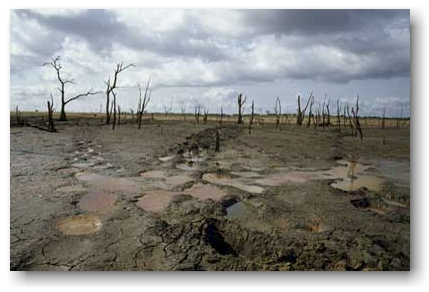
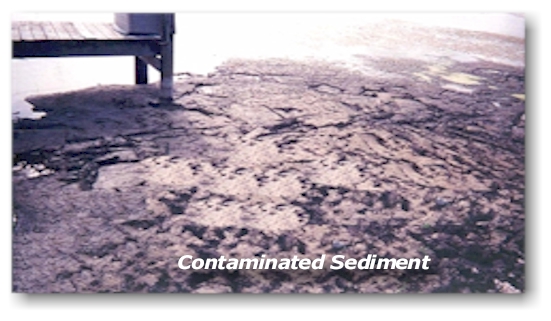 A
major component of the restoration program will be to
A
major component of the restoration program will be to